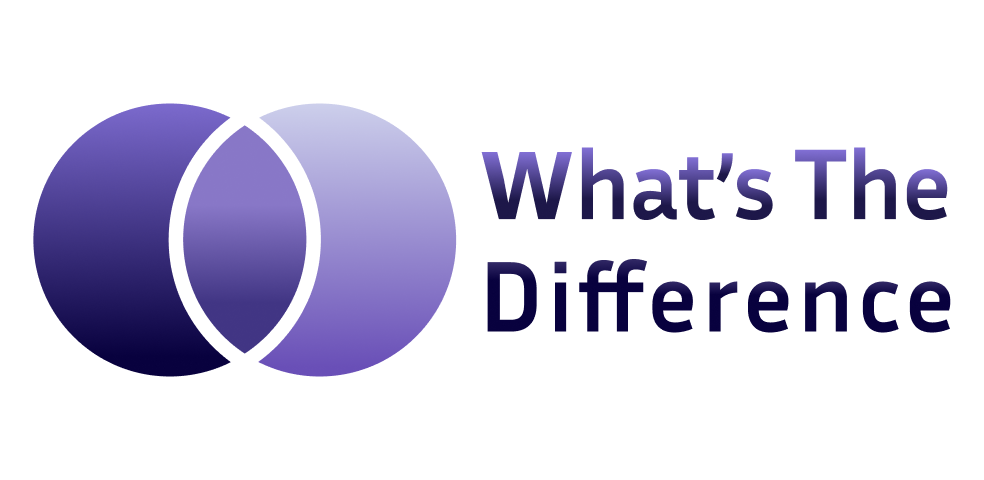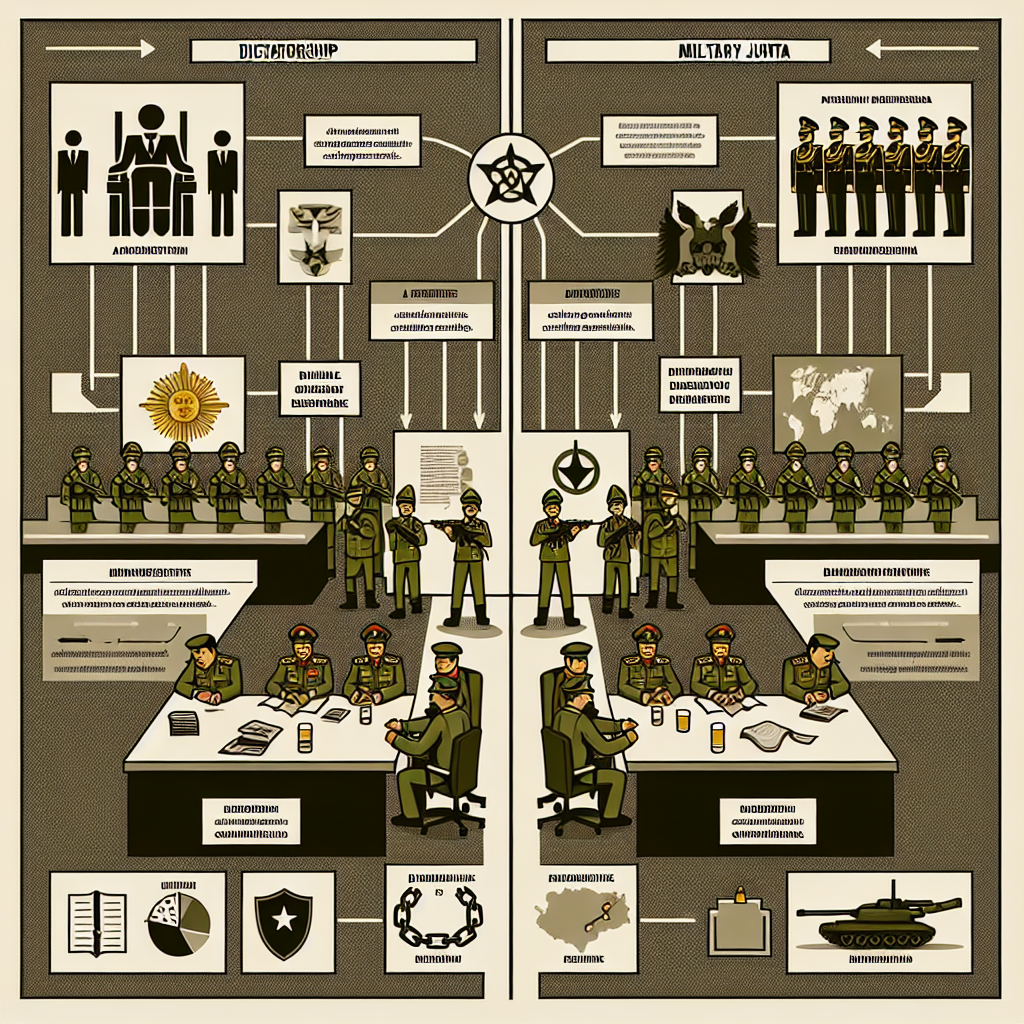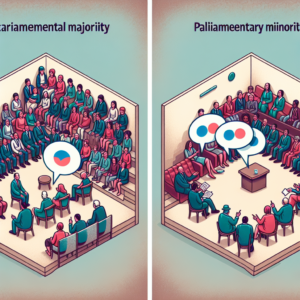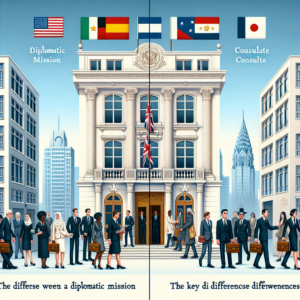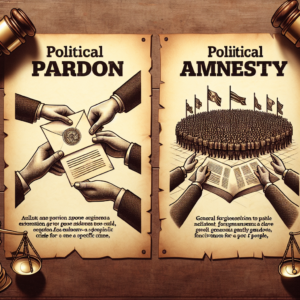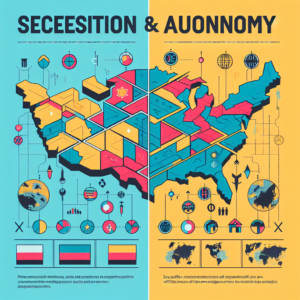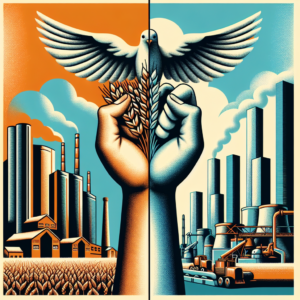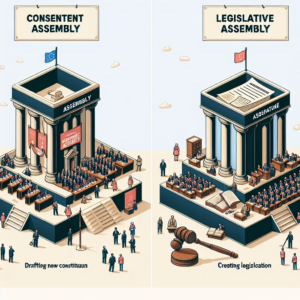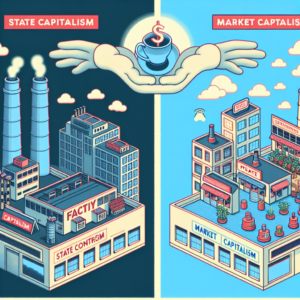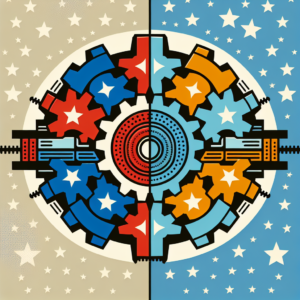The dynamics of political power can be complex and laden with nuances. Two forms of government that often come under scrutiny for their autocratic tendencies are dictatorships and military juntas. At first glance, both may appear similar with their centralized power and lack of democratic freedoms. However, a closer inspection reveals significant differences in the structure, operation, and longevity of these authoritarian regimes. This article will delve into the question: What is the difference between a dictatorship and a military junta?
Exploring Power: Dictatorship vs. Military Junta
A dictatorship is a form of government where a single person or a small group holds absolute power without effective constitutional limits. This power is typically seized and maintained through coercion or force. Dictators are often characterized by their repressive policies, disregarding the rule of law, and suppressing political opposition. Historical examples include Adolf Hitler’s regime in Germany, Kim Jong-un’s rule in North Korea, and Saddam Hussein’s dictatorship in Iraq. The continuity of a dictatorship is often tied to the life or downfall of the dictator, barring a few exceptions.
A military junta, on the other hand, is a government led by a committee of military leaders. The junta gains power by overthrowing an existing government, usually through a coup d’etat. Unlike dictatorships, where power is centralized in one person, power in a junta is shared among the military leaders. Although juntas also suppress political freedoms and human rights, they typically emphasize restoring order and stability. Historical examples include the regime of Pinochet in Chile and the current ruling junta in Myanmar. The longevity of a junta is unpredictable, with some lasting only a few months, while others extend over several years.
Clarifying the Line: Dictatorship and Junta Unraveled
The key point to consider when asking, ‘what is the difference between a dictatorship and a military junta?’ is the distribution of power. In dictatorships, power is concentrated in the hands of one person or a small group, while in juntas, power is shared among several military leaders. This distinction significantly affects how these regimes operate, with dictators often adopting more arbitrary and unpredictable policies than juntas, which tend to prioritize order and stability.
Another fundamental difference lies in the method of power acquisition. Dictators can come to power through various means, including popular support, inheritance, or a coup. In contrast, juntas exclusively come to power through military coups, overthrowing existing governments. Also, while dictatorships are often associated with personality cults and charismatic leaders, juntas typically lack a charismatic figurehead. Instead, they operate through collective leadership and emphasize the role of the military institution over individual leaders.
In conclusion, while dictatorships and military juntas share similarities in their autocratic nature and suppression of democratic freedoms, they differ significantly in their power structures, methods of power acquisition, and leadership styles. The nuances in their differences can shape how these regimes impact their citizens and the international community. Understanding these distinctions is crucial in forming an informed perspective on global politics and history. To put the question ‘what is the difference between a dictatorship and a military junta?’ to rest, it is essential to delve deeper into the dynamics of power, authority, and leadership in these political regimes.
